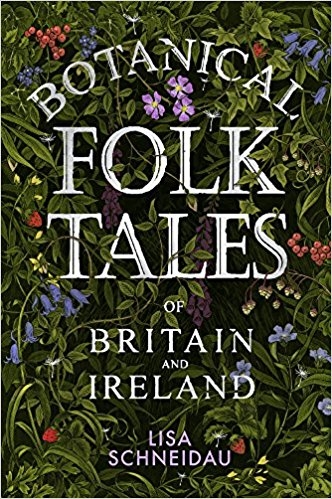‘Come on, now, yew take a look under this diddicky root of ours, there be treasure right over there,’ said the Apple Tree Man, and he waved his branches over to the middle of the orchard.Somerset
Once upon a time in the wild….
These days, the word ‘story’ is everywhere, from news items to cinema, from mundane gossip to epic fantasy. To tell a story is to engage your audience’s curiosity, to make them want to know what happens next. It sparks much more interest than a mere string of facts.
People have always told stories. We are the latest beneficiaries of traditional stories that have been passed down through the generations by telling. Recent research suggests the story of ‘Jack and the Beanstalk’ is over five thousand years old.
Part of the craft of good storytelling is to really get into the heart of a story, honour the community and the place it has come from, and bring it alive. Stories can offer a flash of inspiration, a whole load of belly-laughs, a hero’s journey or a new way of looking at life. Whether you are two years old or a hundred and two, there’s something heartening about sharing in a good tale.
These days, you will find storytellers working in theatres, schools and prisons, working on local history projects and training others in story skills. Many Wildlife Trusts employ storytellers at nature reserve events and as part of community projects, working to bring the natural world alive through story.
As soon as she touched it, the fabric fell away into her hands, shimmering and light. It was a shawl, sparkling with the colours of a thousand wild flowers: primrose, harebell, tormentil, bell heather, may blossom, scabious, lady’s bedstraw, ivy…..all gleaming with light as if they had been touched with the first rays of the sun at dawn.Isle of Man
I’ve worked for Wildlife Trusts for over twenty years, on farm advice, species conservation, policy and campaigns and landscape scheme development. About ten years ago, storytelling found me, and I now work part time for Devon Wildlife Trust (running the Nature Improvement Area in north Devon) and part time as a storyteller. Both jobs inspire one another. After all, science and story both describe nature and our relation to it – and their common root is nothing less than human curiosity.
When I first started out as a storyteller, I wanted to find stories that spoke of the plants and animals and character of the landscape. As an environmentalist by trade, I was enchanted not only by storytelling as a craft, but by the potential of stories to help communicate and explore our relationship with the land and nature around us.
There was a snag. Very early on, I discovered that most storytellers use a global collection of stories about nature, usually about animals, and that very few of these stories are about the wild animals and plants of Britain and Ireland.
Why? Where were our stories? What kind of messages did they contain, and where did they come from? That’s how Botanical Folk Tales began.
Over the last few years, I have been on a quest to find stories about our native plants. I have plundered folklore sources, researched story collections and tried out stories on unsuspecting audiences, who have given me feedback and in some cases added their own ideas.
Along the way, I have discovered cantankerous giants, benevolent trees, good and bad farmers, kindnesses and curses on the land remembered across the generations, fairy spirits and very bad-tempered boggarts.

©Guy Edwardes/2020VISION
‘This is my land!’ the boggart insisted. ‘You’re trespassing. Go somewhere else.’
‘But I’ve just ploughed it,’ said Joe.
‘That’s your problem.’
‘I’ve got all the paperwork.’
‘Paperwork means nothing to me. I’m a boggart.’Lincolnshire
Botanical Folk Tales of Britain and Ireland is the first result of my story travels: thirty-nine folk tales about plants from all over these islands. The book follows the growing year, from the snowdrops braving the Highland winds and piskie tulips by the river Tamar, to bad-tempered dandelions, gossiping junipers, fields full of ragwort and magic rowan trees. There are tales about giant pumpkins and travelling trees, fairies that curse bad farmers, willows that talk and an enchanted coat of moss.
I hope that anyone interested in plant folklore will find something to provoke their curiosity in these stories. I’d also like the book to be a resource for environmental education practitioners such as Wildlife Trusts and Forest School.
These tall tales are part of our heritage. What better than to share them, telling them in the wilds, surrounded by the plants themselves?
Botanical Folk Tales of Britain and Ireland is published by the History Press, priced at £9.99. It’s available from all good bookshops. If you would like to order a signed copy of the book directly from Lisa, or find out more, go to www.lisaschneidau.co.uk - Lisa Schneidau is a storyteller based in Devon, telling traditional and modern stories of all kinds. She's particularly interested in stories about nature and our relationship with the land.


